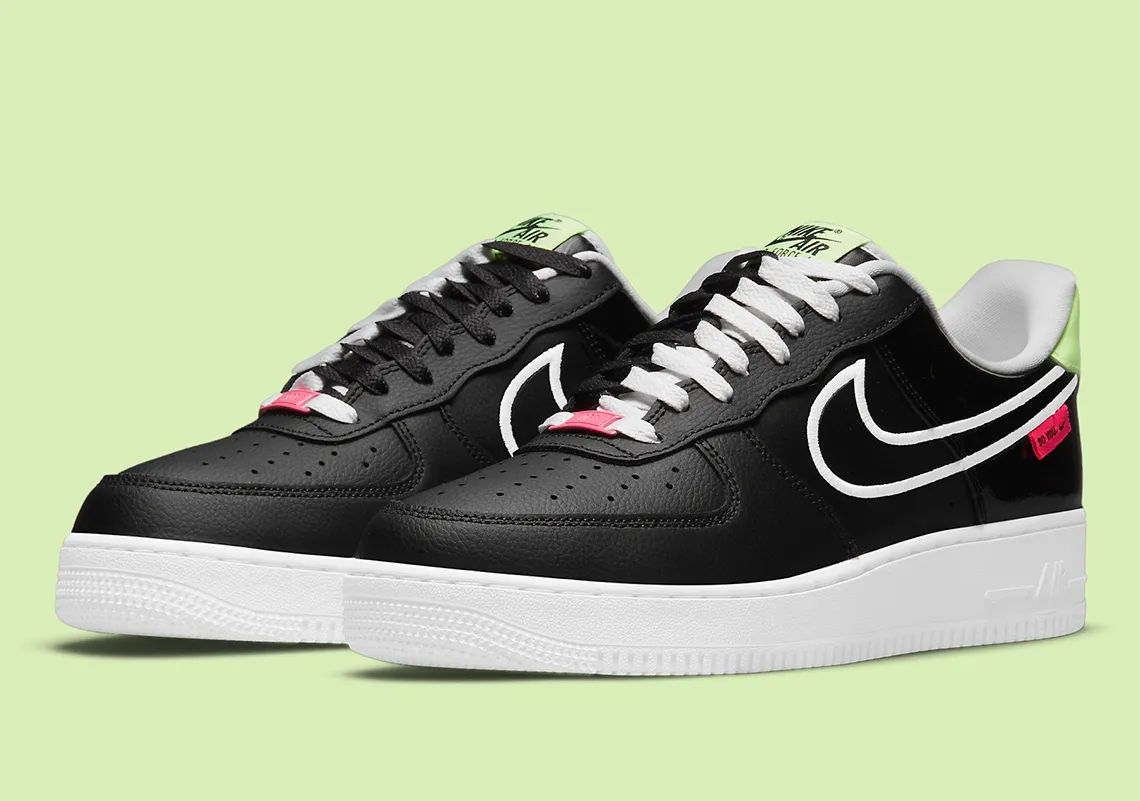
The new AerowSculpt technology on the Nike Flight soccer ball helps create a truer flight pattern, ... [+]
NikeTrue ball flight. The type of flight that both players in the field and goalkeepers can appreciate. It takes updated technology to make this happen and Nike NKE believes it has accomplished the goal with the new Nike Flight ball, saying the ball has 30 percent truer flight thanks to its AerowSculpt design that took eight years, 1,700 lab hours and 68 unique iterations to make happen.
The goal through it all, says Kieran Ronan, Nike senior director for global equipment in soccer, was to create consistency. Whether athlete commentary from 20 years ago or commentary from today, athletes all said the same thing. “They are looking for consistency in feel, touch and flight,” Ronan says. When eight years ago Ronan and the team at the Nike Innovation Equipment Lab started down this project, knew that accomplishing consistency in flight accomplished all three.

The new Nike Flight soccer ball, an eight-year engineering project.
NikeGetting that consistency, then, started with engineering. The resulting Flight ball includes AerowSculpt engineered grooves, a four-panel fuse-welded exterior and the use of Nike All Conditions Control 3D ink to print “micro flaps” on the exterior of the ball to help with drag. Lab testing — and anecdotal responses from the 800 athletes used during the process — with a robotic leg mimicking field-specific strikes developed 30 percent truer flight, improving flight consistency.
Everything starts with the AerowSculpt molding into the surface of the ball. The first iteration offered square-shaped grooves. From there, engineers tested. They toyed with the groove’s shape, its depth and width. “You tweak and it gets better or worse and if it got better, you go again,” Ronan says. “Through testing, the numbers started to align. Everything done at the lab is rooted in science. Here, we are able to detect small differences in performance that may not be perceivable to most athletes, but when those small differences are iterated upon 68 times, the result is a noticeable leap in performance.”

Inside Nike's laboratory a robotic kicking leg helped run tests on the flight of the ball.
NikeA ball generally wobbles as it flies, with air gripping the smooth surface creating a wake and causing changes in direction. This can result in missed shots and disconnected passes. The patented AerowSculpt technology moves the force around the ball, rather than letting it grip the surface. Over the design process, engineers added sculpted chevrons and explored multiple features to create one geometric pattern to promote stable flight. The grooves promote air movement around the ball rather than having air grip the surface, similar to the dimples on a golf ball.
To further improve the aerodynamic flight, Nike reduces its 12-panel ball to four, a 40 percent reduction in stiff seams to create a larger sweet spot for feel and control, Ronan says.

Lab testing was a major component of the creation of the Nike Flight soccer ball.
NikeNike repurposed its Nike All Conditions Control 3D ink, originally introduced in 2014, to let the ink raise off the smooth surface of the ball, helping create “micro flaps,” an idea from the aerospace industry, to further improve the aerodynamic nature of flight in conjunction with the AerowSculpt design.
“I have always been a player who can strike a ball from distance with proper technique so to have a ball, like Nike Flight ball, that has less drag gives me the confidence knowing that my technique to strike it will be predictable and consistent with how it should come off my foot,” says Carli Lloyd of the U.S. Women’s National Team. “There is no better feeling than kicking a ball and knowing it is true every time you kick it.”

A close-up of the new Nike Flight soccer ball.
NikeLaunched in a stark black ink on a white exterior with plenty of aesthetic call outs to the technology and science behind the design, expect the next few weeks to offer the ball in a series of new league-specific designs, including for the NWSL, English Premier League and Serie A. No matter the graphic application, every design was measured and tested by the Nike engineering team so that “whatever ends up on the ball,” Ronan says, “gives the same consistency, here in the U.S. or in the Premier League, Russia or wherever else.”
Ronan says that during the process of creating the Nike Flight ball the team used a mixture of science and athlete experience to help direct the end result. “Numbers don’t lie, and numbers help remove the emotion from making some decisions,” he says. “Sometimes it is the sheer joy and seeing people light up (when testing the ball) where we know what the numbers tell us. We can talk about how the science of the lab blends with the joy and art of the game and the passion people put into it, whether on the field or the team here behind the product.”
The Link LonkJune 29, 2020 at 02:03PM
https://ift.tt/2BkXReT
Nike Engineers Soccer Ball With Truer Flight, Fresh Technology - Forbes
https://ift.tt/3g93dIW
Nike

No comments:
Post a Comment